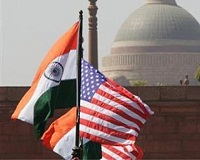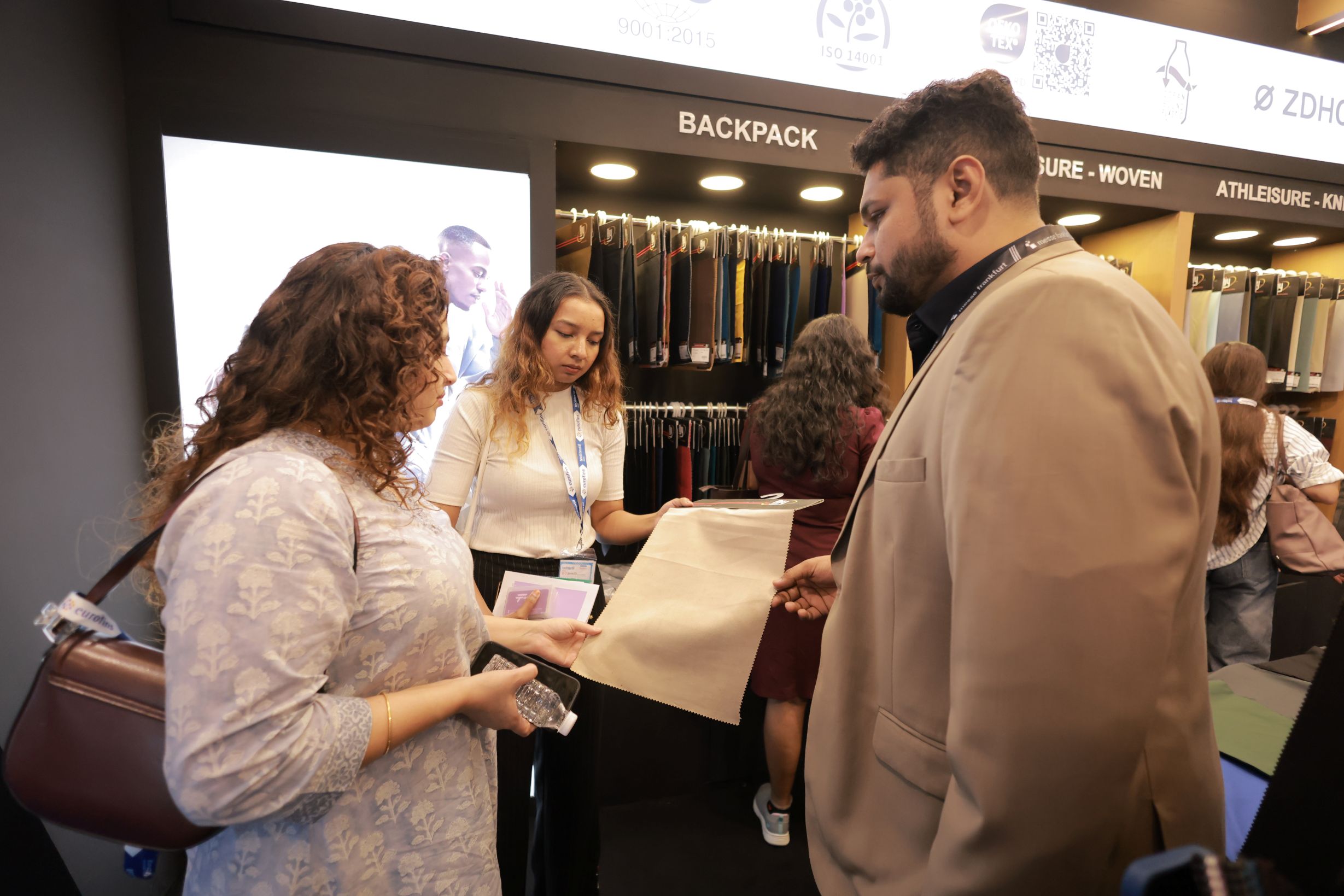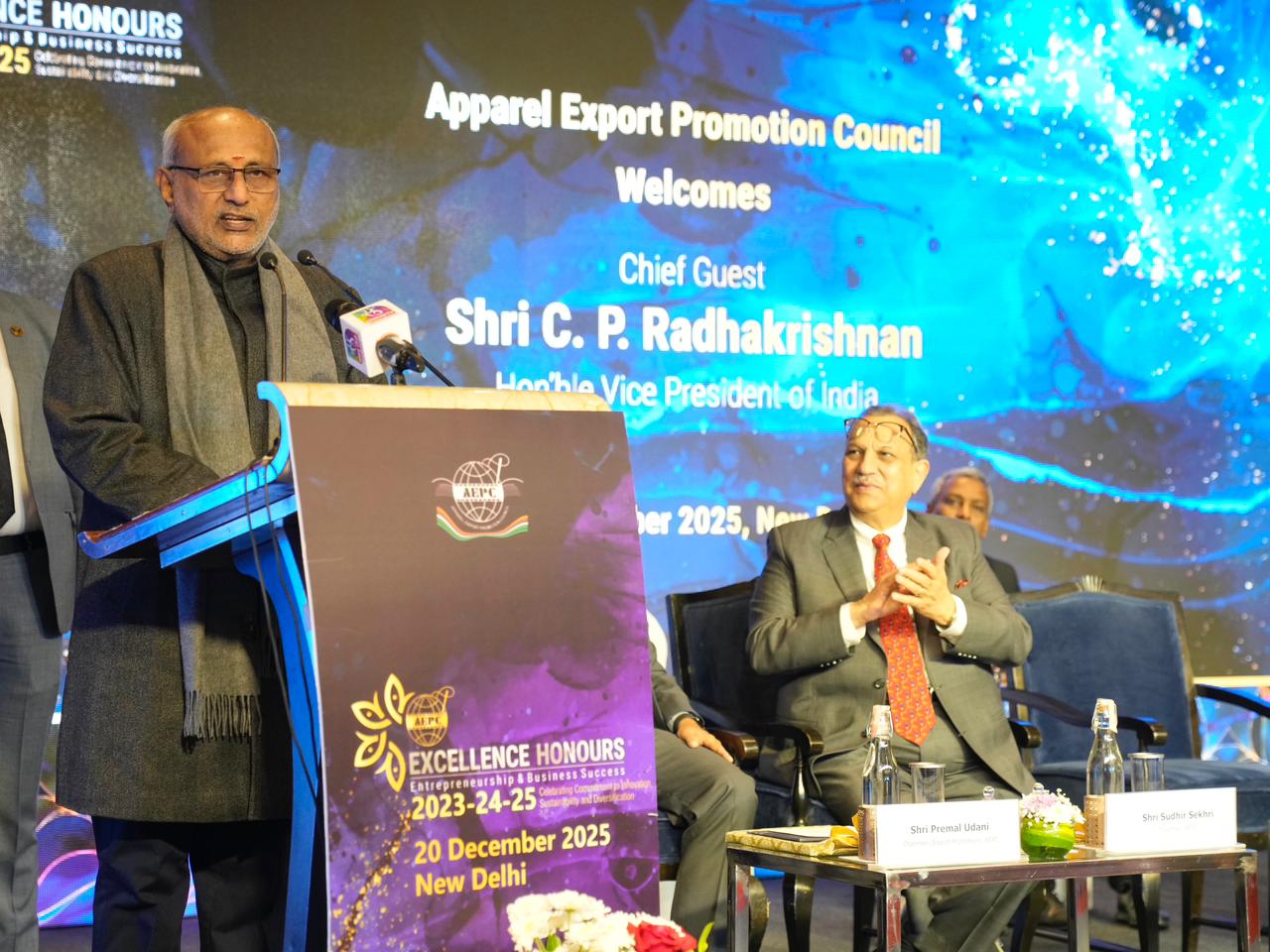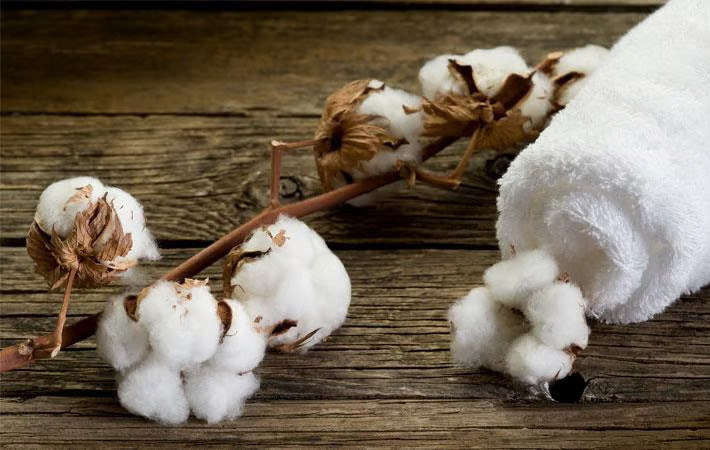FW
The April edition of Kingpins Transformers Summit is aimed at tackling transparency. The edition, to be held from April 17 in Amsterdam and the following on to be held in New York on June 5th will take on transparency. Past editions have focused on water, industrial waste and chemistry, as the event has sought to inform and inspire those who recognize the need for change in the denim industry. This time, the summit, will be sponsored by Rivet magazine.
The biannual events will host panel discussions amongst industry stakeholders along with interactive sessions with representatives of the fibre, textile, technology, chemical, and machinery sectors of the denim industry. Each daylong event, which will feature transparency panels and speakers, will precede the Kingpins Show in Amsterdam.
The Amsterdam event will take place at Amsterdam-based Westergastheater and will feature leading industry speakers. Transformers founder Andrew Olah, says at present most brands aren’t held accountable for their product components. Transparency is the final obligation by brands and retailers to share all existing information about their products.
Jack & Jones’ new low impact denim collection concentrates on optimising all three elements of denim production: fiber, fabric and finishing. This is achieved through groundbreaking new production methods, technologies and a transparent supply chain.
The fiber composition of the denim collection consists of organic cotton mixed with either recycled cotton or recycled polyester or Lyocell. With an organic fixing agent produced from shrimp shells, the fabric dyeing process has been shortened and now uses up to 55 per cent less water compared to conventional denim dyeing processes. In the finishing process, the Low Impact Denim collection is completed through more sustainable treatments. Methods that minimize the need for water, energy and chemicals have been the focus point, while still maintaining and achieving the desired Jack & Jones look.
An organic bleaching agent is used instead of conventional chemical treatments. To ensure the lowest impact wash possible in the finishing process, the brand uses Jeanologia’s Environmental Impact Measuring software. The tool measures the environmental impact for each pair of Low Impact Denim jeans.
In cooperation with Orta, one of the world’s leading denim manufacturers, Jack and Jones created an innovative process called Indigo Flow. This new fabric dyeing process is revolutionary.
Japanese trading firm Itochu Corporation has become the second largest shareholder of Vietnam National Textile and Garment Group (Vinatex) after picking up an additional 10 per cent stake. With this, Itochu’s holding in Vinatex will increase to nearly 15 per cent. Established in 1995, Vinatex is the largest textile group in Vietnam. It is a state-owned textile company. As Vietnamese clothing companies rapidly expand exports, Vinatex is becoming their standard-bearer.
Vinatex has 83 subsidiaries and affiliates, with approximately 1,20,000 employees, handling both upstream and downstream operations. Since its investment, Itochu has collaborated with Vinatex on suits, shirts and functional undergarments for cold weather.
Vinatex’s net revenue in 2017 rose 13.2 per cent over the previous year, while net profit was up 9.5 per cent year-on-year. The Vietnamese government owns 53 per cent while real estate giant Vingroup owns ten per cent in Vinatex. Itochu plans to boost production of high performance apparels in Vietnam and export the output to Japan, Europe and the US. It aims to increase outsourced production and raise exports to 944 million dollars by 2021.
Itochu engages in trading various products such as textile, machinery, metals, minerals, energy, chemicals, foods, general products, realty, information and communications technology, and finance.
Investors from around the world are looking to spend their money for apparel production in Africa. Dubai-based United Aryan is constructing a factory in Kenya. The factory will produce garments, including fleece, knit tops, pajamas, robes, shirts and trousers. The factory will have 84 lines and the capacity to produce and wash more than 1,00,000 units a day. The unit will manufacture products to be sold in Kenya and other global markets, including Europe and the US.
Other East African nations, including Ethiopia, have already garnered interest from major clothing companies like H&M and PVH and as the country continues to further its efforts to create a supply chain ecosystem where all key supplier types are present, more companies are paying closer attention.
Garment manufacturers in India are looking at Ethiopia to set up manufacturing firms. They have lined up investments worth over Rs 600 crores in the country. Arab countries like Saudi Arabia and Kuwait are exploring investment opportunities in Uganda especially in the area of textile manufacturing, construction of warehouses and assembling buses.
Uganda is looking for investors in textiles and leather. The country has now imposed a ban on the export of raw hides and skin to enable the leather industry to grow.
New fabrics and technologies are being developed with greater performance capabilities and smaller impact on the environment. These range from an ultra-lightweight fabric that Nasa will use for the next Mars landing to regenerative polyester and nylon fabrics upcycled from discarded fishing nets and bottles from the ocean.
Safety Components’ Filament Twill Technology is a new innovative fabric construction used to produce lighter, stronger, more flexible textiles for firefighter turnout gear. The fabrics, combined with more ergonomic garment designs, have changed performance capabilities for firefighters thanks to the greater ease of movement.
Heathcoat Fabrics’ DecelAir Superlight is a new range of super lightweight parachute fabrics that will be used on the next Mars Rover landing. The fabric, which weighs 20 grams per square meter, is among the lightest parachute fabric solutions available on the market.
Honeywell’s Spectra Centurion is a composite fabric made of a high-performance material designed to make law enforcement apparel and equipment 40 per cent lighter by eliminating stitching, extra fabric and webbing on plate carriers for body armor. Spectra fiber is one of the world’s strongest manmade fibers, and it has been used to produce bullet-resistant body armor.
Eastman Naia Cellulosic yarn is a versatile yarn that combines sustainability and performance with a natural touch, plus a light, silky hand with a hypoallergenic nature.
World demand for cotton is expected to keep rising. Consumption, which has steadily increased over the last three seasons – is expected to continue rising. The prospect is of accelerating growth in demand for the fiber, seen increasing by more than 1.1 million tons next season, after an 8,80,000-ton rise in 2017-18.
Helpful factors include rising production costs of synthetic fibers and growing awareness of the environmental damage being caused by microfiber pollution. However the threats of pests and inclement weather remain concerns. This season, the world’s largest producer, India, suffered yield losses due to a pink bollworm infestation and is expected to decrease in planted area in 2018-19.
While US sowings are expected to rise this year, drought conditions will need to be monitored closely. Texas is the top US cotton-growing state. For Australia, meanwhile, the current harvest is seen as having a mixed outcome. Reports from non-irrigated fields are mostly significantly lower than their irrigated counterparts. Sowings were pegged at 4,73,000 hectares. The national average for irrigated cotton is around 10 bales per hectare. Yields on dryland cotton are much lower.
China has curtailed imports and focused on drawing down bloated state inventories. There may be changes for Brazil and some smaller markets.
"Though India is still growing steadily amid the unexpected US trade proposition, industry might get bruises if the situation doesn’t turn up in India’s favour, fear analysts. President Trump’s recent amendments in trade policy are impacting global economic growth negatively. As counteractive measure, other countries have started imposing retaliatory tariffs, followed by counterthreats by the US, which has greatly raised concerns over tit-for-tat protectionist measures. Expert say, an all-out trade war will prove detrimental to global markets. Global economic growth hinges on the free movement of goods. If countries revert to large-scale nationalism, it could set growth back by a couple of decades. If this plays out, markets will feel the heat."

Though India is still growing steadily amid the unexpected US trade proposition, industry might get bruises if the situation doesn’t turn up in India’s favour, fear analysts. President Trump’s recent amendments in trade policy are impacting global economic growth negatively. As counteractive measure, other countries have started imposing retaliatory tariffs, followed by counterthreats by the US, which has greatly raised concerns over tit-for-tat protectionist measures. Expert say, an all-out trade war will prove detrimental to global markets. Global economic growth hinges on the free movement of goods. If countries revert to large-scale nationalism, it could set growth back by a couple of decades. If this plays out, markets will feel the heat.

India is 9th in the list of US’ trading partners that have a trade surplus. Trade surplus means we export more to the US than we import from the country. India’s exports account for a substantial 15 per cent of US’ aggregate trade with the world. Gems & diamonds top the chart, followed by pharmaceuticals, textiles, fish and petroleum products. As of now, these exports are not on the radar of the US, but there is a risk of retaliatory tariffs on these goods as well. Trump’s restriction on steel and aluminium imports will not impact India much as just about 4 per cent of the steel exports flow into the US while aluminium exports constitute 2 per cent of total US aluminium imports. Given this situation, Abhishek Poddar, analyst, Kotak Securities, points out the US trade protection measures will lead to a temporary disruption in a few regional markets as new trade channels open up to cater to supplies left behind from reduced US exports. However, the potential steel mill and aluminium smelter restarts in the US will not significantly weaken the outlook on global aluminium and steel, especially given supply side reforms in China in these industries.
Moreover, President Trump has also implied higher import duty on US-made Harley Davidson motorbikes. He previously threatened to slap retaliatory taxes on motorcycles coming into the US from India. While the Indian government responded by slashing customs duty on imported high-end motorcycles to 75 per cent from the earlier 100 per cent, and eventually cut it down to 50 per cent, the US president made it clear that the cuts were not enough. If the US decides to levy equivalent duties, it could affect US-bound exports of two leading Indian two-wheeler manufacturers—Eicher Motors and Bajaj Auto. The former exports its Royal Enfield range of motorbikes, while Bajaj Auto ships the KTM brand to the US. However, the volumes are limited to a few thousand units, with the total value of Indian motorcycle exports to the US at just about $6 million in 2016-17. Tariffs are not likely to create a visible dent on these firms’ profitability, which enjoy a strong domestic demand.
Kraig Biocraft Laboratories has successfully produced the first recombinant spider silk cocoons from the new line of hybrid transgenic silkworms recently created at its production and research facility. This new hybrid line was created by combining one of the company’s best performing recombinant spider silk lines with a commercial strain, resulting in the largest cocoons in the company’s history.
The first generation cocoons from this hybrid cross have exceeded the company’s expectations, with some cocoons nearly twice as large as the original spider silk line cocoons. These larger cocoons reduce operating and handling costs throughout the production process and yield longer silk threads.
US-based Kraig Biocraft, is a developer of spider silk based fibers and focused on the commercialization of new textiles and high performance fibers including spider silk. As the leading developer of genetically engineered spider silk based fiber technologies, Kraig has been able to achieve a series of scientific breakthroughs in the area of spider silk technology.
The group anticipates creating many additional hybrids, over the coming quarters, combining the performance of its spider silk lines with larger commercial strains, and expects these efforts will increase its production efficiency and lower its cost of producing recombinant spider silk.
Circular Systems has technology and processes that can turn food crop waste into sustainable and regenerative fashion. Agraloop is a regenerative system that uses plant-based chemistry and plant-based energy to upgrade the fibers while enriching local communities and creating a new economic system.
Raw materials for the Agraloop technology are low cost. They are derived from banana trunks, pineapple leaves, sugarcane bark, and the stems of oilseed hemp and flax plants. Circular Systems, based in the US, is a materials company. It sees an opportunity to convert 10 million tons of food waste into sustainable textiles and fashion.
Currently food crop waste is burnt or left to rot, releasing methane gas and carbon dioxide into the atmosphere. The Agraloop system helps to regenerate depleted soil and reduce air pollution, and the fibers it produces are safe and healthy to wear.
From a technological standpoint, the system is a closed-loop bio process that happens at the farm level using modular mini-mills. The mini-mills produce plant-based energy and chemistry from the same food waste. The fibers produced are fully recyclable, renewable and biodegradable.
Circular Systems is helping drive a paradigm shift back to natural fabrics. In 1960, 97 per cent of textile fibers came from plants and animals. Today, that has come down to 35 per cent, with natural fibers with petrochemicals leading the norm.
Bangladesh manufacturers Noman makes a specialised fabric called Coolmax. The fabric transports moisture away from the body to keep the wearer cool and dry on hot days, while the fiber structures provide insulation on colder days. The fabric, which is derived from petro-chemicals, is mainly used to manufacture active sportswear items for export markets.
Now Noman is investing in a plant to manufacture the Coolmax fabric. Noman has set a target of manufacturing 120 tons of yarn a day from the proposed plant and exporting 100 million dollars worth of products a year. Noman has 36 industrial units in operation now. Currently, the group employs 80,000 workers and the number will cross a lakh when the proposed plant goes into production.
As a part of expansion plans, the group will also produce cloths for women’s veils for the local markets and for the Middle East markets in the near future. Among specialised clothing items, the group exports mosquito nets to India and Nepal.
The group’s main export item is bedsheets and other home textile items like curtains, floor mats, napkins and quilt covers. Apart from western markets, the group also has a steady business in Asian markets like Japan and China.












